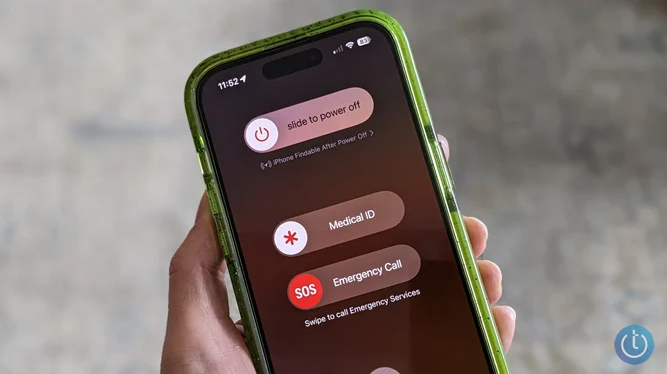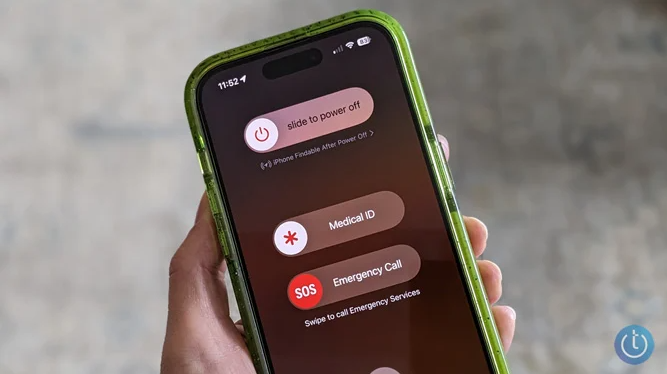
Whenever friends and family ask me what they should do when their phone, computer, or other tech product isn’t working properly, I tell them to try restarting the device. While that advice may seem a bit clichéd, the reality is that it often works. Turning your device off and on gives it a fresh start, stopping all operations, clearing its memory, and re-establishing network connections, among other things. Here are nine reasons why rebooting works.
Why rebooting your device works
1. Clears memory
Devices use volatile memory, like RAM, to store temporary data. Over time, this data can become corrupted or overwhelmed, causing the device to slow down or malfunction. Restarting the device clears the volatile memory, wiping away any corrupt or unnecessary data, which often resolves the issue.
2. Addresses memory leaks
In addition to clearing memory, restarting can address one of the roots of the problem: memory leaks. Memory leaks occur when a program fails to release memory back to the operating system after it’s done using it, which can lead to reduced performance or crashes. A restart can fix memory leaks by closing all running programs and starting fresh.
3. Terminates errant processes
Occasionally, a process, or set of instructions running on a device, can go rogue, hogging resources, and causing sluggish performance or crashes. Restarting can terminate errant processes, freeing up system resources and allowing the device to function properly once again.
4. Cools down overheated hardware
Sun exposure, errant processes, or running processor-intensive programs can cause devices to overheat over time. Turning a device off allows it to cool down; ensure it’s significantly cooler to the touch before you turn it back on.
5. Re-establishes network connections
Connectivity issues can often be resolved by a restart, whether it’s internet connectivity or Bluetooth pairing. This action resets the network hardware in your device, which can also resolve IP conflicts and other networking and pairing-related issues.
6. Re-initializes device drivers
A device’s driver facilitates communication between the hardware and the operating system. Sometimes, drivers may encounter issues or conflicts that hinder performance. Restarting re-initializes these drivers, allowing hardware and software to interact smoothly once more.
7. Resets the system state
Your device’s system state is its configuration, including the internal components, software, system settings, and memory, among other things. When everything is working properly, it’s in a “known good state.” Sometimes, a device may get into an undefined or unexpected state due to software bugs or hardware issues. Restarting resets the system state, bringing it back to a known good state.
8. Completes software updates
Many software updates require a restart to complete the installation process. This ensures that the updated code is loaded and executed properly.
9. Initiates diagnostic and self-healing capabilities
Some devices have built-in diagnostic and self-healing capabilities that are triggered during the startup process. Restarting allows these functions to identify and fix issues automatically.
We hope these tips have been helpful in your business. Please let us know if you have any questions about your IT environment or how to secure it from outside cyber threats. We are here for you! Contact us at (732) 780-8615 or email at [email protected].
Suzanne Kantra, “The Power of Restarting: Why Turning Devices On and Off Fixes Them”, techlicious.com, Nov 15th, 2023

